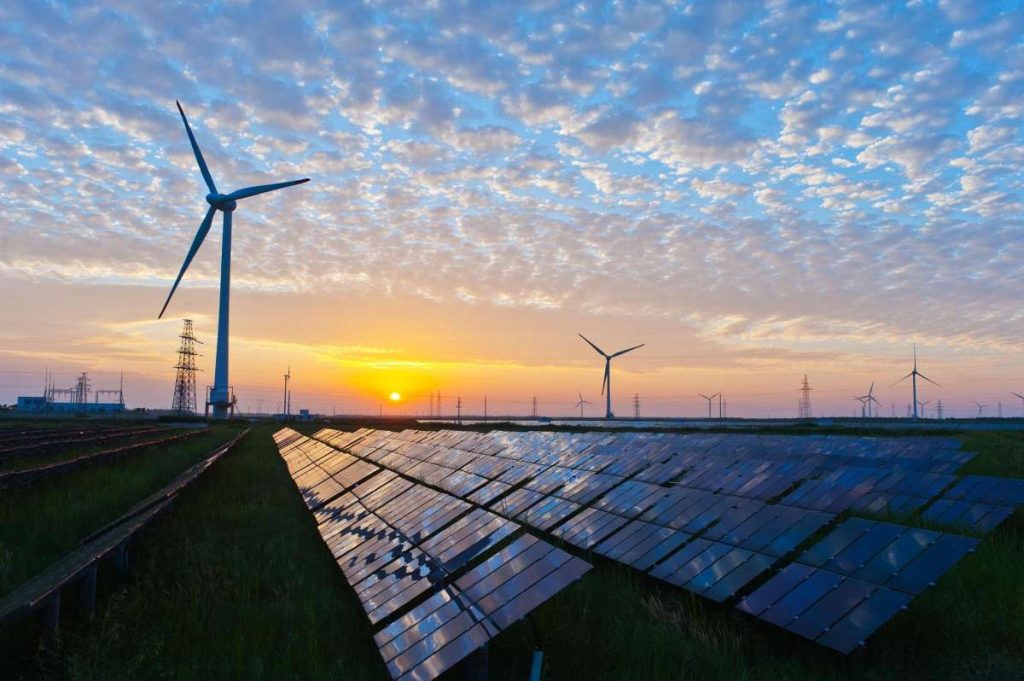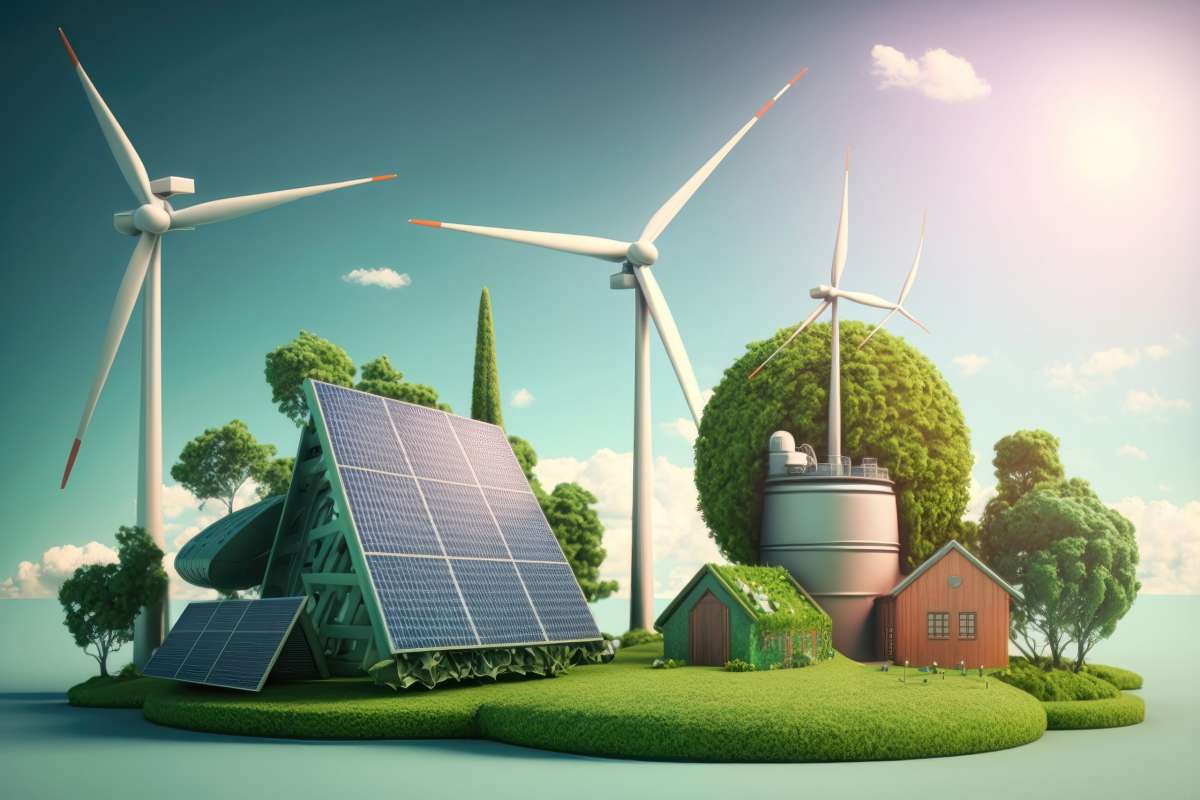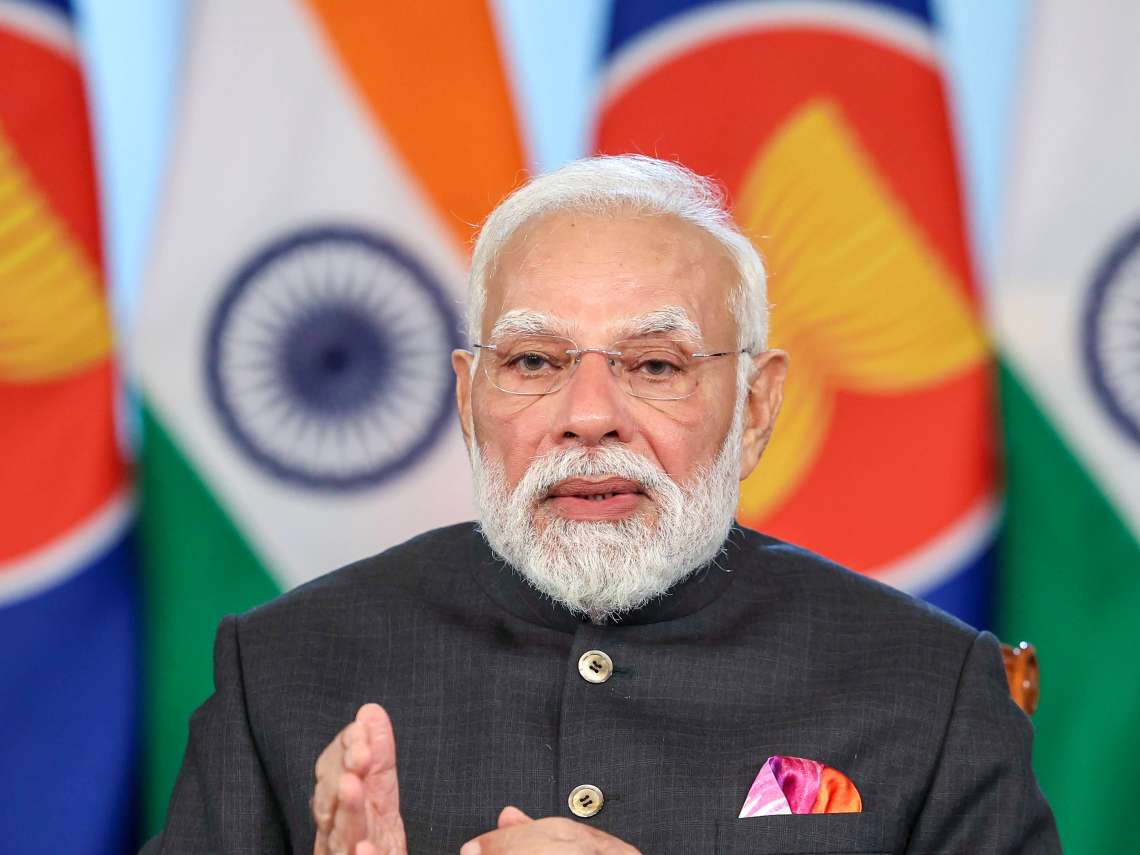As of October 31, 2023, 50 solar parks have been approved in 12 states, with a sanctioned capacity of 37,490 MW. Out of these, 18 solar parks have commissioned 10,237 MW of solar projects…writes S.P.S. Pannu
India is expanding its renewable energy capacity at a hectic pace of 50 GW a year, which is among the fastest in the world and aims to achieve a 45 per cent cut in emissions by 2030, which will exceed the target of 43 per cent fixed at the COP28 summit in Dubai.
Minister for Power and Renewable Energy R.K Singh is confident that the country will be ahead of the curve.
“COP 28 has just concluded and one of the important points discussed was emissions intensity should be reduced by 43 per cent by 2030. This is the main point because emissions are the main reason for global warming,” he said in comments to the media.
“We had pledged in Glasgow that we will have 50 per cent of our established capacity coming from non-fossil-fuels by 2030, we are confident that we will able to achieve 65 per cent. We will also achieve way beyond our target of reducing our emission intensity by 45 per cent by 2030,” the minister had said earlier.
The share of non-fossil fuel sources in India’s total installed electricity generation capacity reached 43.82 per cent as on 31 October, 2023, Singh informed Parliament recently.
So far, a total of 186.46 GW capacity from non-fossil fuel-based energy resources has been installed in the country as on 31 October, 2023, which includes 178.98 GW Renewable Energy and 7.48 GW Nuclear Power.
In addition, 114.08 GW of capacity is under implementation and 55.13 GW capacity is under tendering, the minister said.
The Ministry of New & Renewable Energy is implementing various schemes and programmes for development and deployment of renewable energy, under which an allocation of Rs 7,033 crore was made in 2022-23 which was then increased to Rs 7,848 crore for 2023-24.
The government’s efforts, combined with private sector investments and state-wise initiatives, have propelled India towards achieving its goals in renewable energy.
India has added a total of 72.02 GW solar power capacity so far. Of the total solar power capacity, 55.71 GW is from ground-mounted installations, 11.08 GW from rooftop solar, 2.55 GW from solar components of hybrid projects, and 2.68 GW from off-grid solar, the minister informed Parliament this week.

In the fiscal year 2023-24, a total budget allocation of Rs 5,917.25 crore has been made for solar energy. The government is dedicated to the development of Solar Parks and Ultra Mega Solar Power Projects, with a target of establishing at least 50 solar parks with a combined capacity of 40,000 MW.
As of October 31, 2023, 50 solar parks have been approved in 12 states, with a sanctioned capacity of 37,490 MW. Out of these, 18 solar parks have commissioned 10,237 MW of solar projects.
The National Green Hydrogen Mission has also been launched with an aim to make India a global hub for production, utilization and export of Green Hydrogen and its derivatives.
The Union Minister for New & Renewable Energy and Power has informed that this is expected to lead to development of 5 MMT Green Hydrogen production capacity per annum by 2030.
Green Hydrogen has the potential to replace fossil fuels including natural gas, either as a source of energy or as a feedstock, thereby contributing to reduction in dependence on import of fossil fuels.
The Mission envisages substitution of Grey Hydrogen with Green Hydrogen in industries such as fertilizer production, petroleum refining, steel, shipping, etc., thus reducing carbon footprint and dependence on imported fossil fuels. The quantum of such reduction in imports is estimated at Rs 1 lakh crore by 2030.
Besides, the government is also working on new technologies such as Small Nuclear Reactors to fulfill its commitment to clean energy transition.
Small capacity atomic power plants, popularly called Small Modular Reactors (SMRs), with their unique features of modularity, scalability, small footprint and improved safety present themselves as an attractive option for repurposing of retiring coal-based thermal power station sites, Minister of State for Atomic Energy and Space Jitendra Singh informed Parliament recently.
ALSO READ: Recession fears hit IT sector














